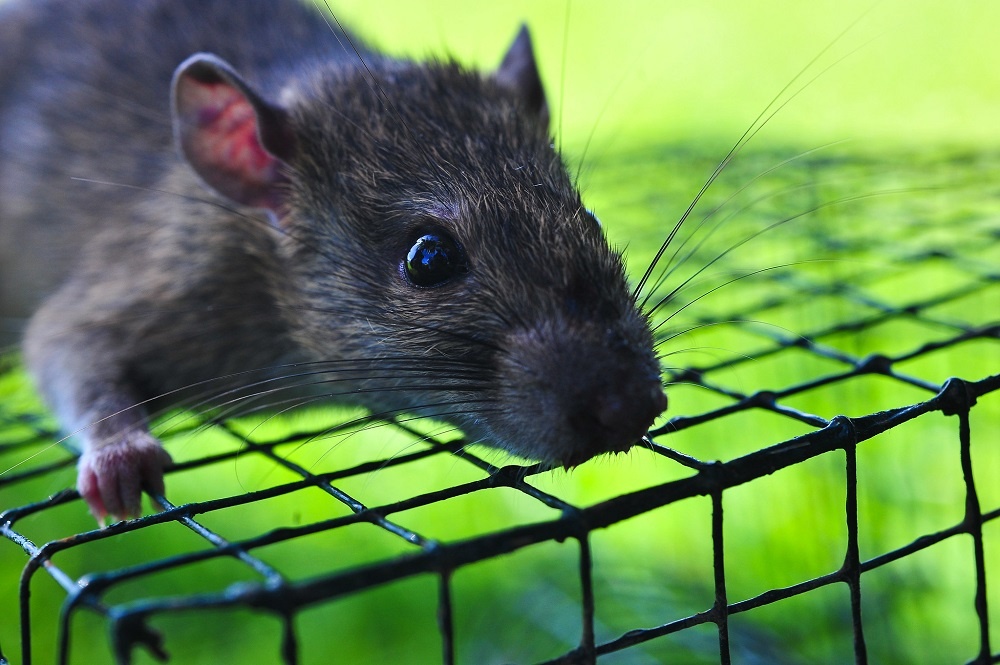Most small rodent populations in the world have fascinating population dynamics. In the light of vast research and debate over almost a century, we here discuss the driving forces of these different rodent population dynamics. We highlight ten questions directly related to the various characteristics of relevant populations and ecosystems that still need to be answered.

.
Populations of small rodents have fascinated ecologists all over the world due to their extreme eruptive dynamics, or regular periodic fluctuations known as multiannual population cycles. Population cycles have fueled decades of research since Charles Elton (1924, 1942), who described this phenomenon based on historical data in northwest Europe and Canada.
 Many small rodent populations have erratic dynamics. However, voles and lemmings in the northern hemisphere, and particularly in Northern Europe, tend to have regular population fluctuations manifesting as cycles with a peak every 3–5 years (peak densities may attain 100–600 individuals/hectare, ind/ha, or 0.3–1.8 tons/km2).
Many small rodent populations have erratic dynamics. However, voles and lemmings in the northern hemisphere, and particularly in Northern Europe, tend to have regular population fluctuations manifesting as cycles with a peak every 3–5 years (peak densities may attain 100–600 individuals/hectare, ind/ha, or 0.3–1.8 tons/km2).
Elsewhere, small rodents can have larger outbreaks (1000–3000 ind./ha, or 1–5 tons/km2) with irregular intervals, usually, but not necessarily, exceeding five years. Outbreaks occur both in the northern (and southern hemispheres, having major economic, conservation, and health impacts both in developed and developing countries.
In addition to the economic and health impacts of rodent outbreaks, population fluctuations in voles and lemmings are key for the functioning and structuring of boreal and arctic ecosystems.
In this review, to improve our understanding of the mechanisms underlying the dynamics of populations, we compare small rodent cycles and outbreaks. There is a tradition in studies of population cycles to investigate the mechanisms driving the remarkably regular variation in density, which has resulted in a multitude of hypotheses explaining population dynamics.
Ecologists studying outbreaks of small rodents have, however, often focused on the management of rodents due to their enormous impacts on humans through crop losses and disease transmission.
Defining a rodent outbreak is challenging because of the broad range of species and environments involved. Species that undergo outbreaks vary considerably in their population densities between non-outbreak and outbreak years. Long-term studies of house mice (Mus domesticus) indicate extremely low densities in most non-outbreak years (< 1 ind./ha), yet during outbreaks, population densities can be more than 3 orders of magnitude higher.
Densities of > 3500 ind./ha have been reported and this is likely to be the norm for hundreds of thousands of square kilometers of wheat fields in Australia during a mouse plague. By contrast, other outbreaking species have moderate densities in non-outbreak years, while an outbreak entails increases in population densities of only 1–2 orders of magnitude. For example, African multi-mammate mice in Tanzania typically have seasonal peaks of about 150 ind./h, whereas in outbreak years densities can be tenfold.
A review of the bio-economics of five agricultural rodent pest species drawn from four continents highlights these differences in baseline densities and consequent outbreak trajectories.
The focus of the review is on population ecology. We have thus combined intellectual inputs from ecologists studying both population cycles and outbreaks in an attempt to achieve a synthesis. In our discussion, we highlight ten questions, the answers to which are essential for improving our perception of the various phases of the cycle or outbreaks.
We do not provide a complete or specific list of open questions, but rather a selection of those major questions that require answers to better understand the generality of small rodent population dynamics.
- What factors determine the rate and the timing at which rodent populations increase, and what defines the length of the increase phase?
- What are the factors that determine the height of the density peak, and how do they interact?
- How does the population demographic structure affect the crash phase?
- Why do populations not begin to grow immediately after a crash, and are pathogens or maternal effects relevant ingredients for the extended low phase of cyclic populations?
- How will climate and land-use change affect small rodent dynamics in both cyclic and eruptive populations?’
- What are the possible pathways of how changes in land use and landscape structure affect small mammal population dynamics?
- How does the temporal synchrony in the dynamics within the small rodent community shape population cycles and outbreaks?
- How does the small rodent community affect the whole ecosystem dynamics?
- Is there a systematic shift in small rodent diet through a population cycle or season that is important for shaping the dynamics?
- How do different factors such as seasonality, predation, behavior, food, and diseases interact?
Read the full study:
Andreassen, H.P., Sundell, J., Ecke, F. et al. (2020) Population cycles and outbreaks of small rodents: ten essential questions we still need to solve. Oecologia





